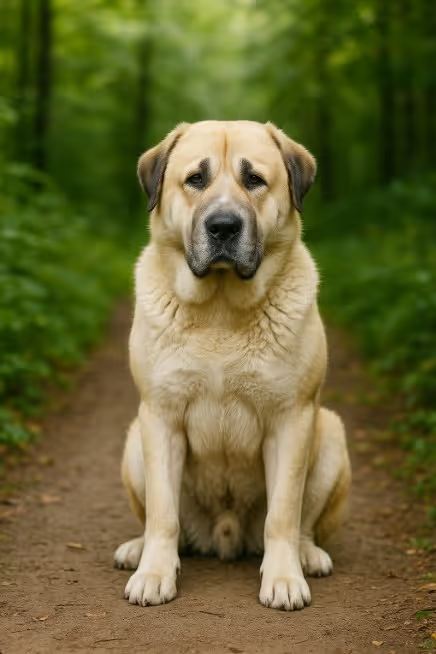The Central Asian Shepherd Dog is an ancient livestock guardian—calm, imposing, and deeply loyal to its family. Bred across the steppes and mountains of Central Asia to deter predators and protect property, the CAO is naturally suspicious of strangers yet affectionate and gentle with its own people. If you’re asking “Are Central Asian Shepherds good family dogs?”—yes, in experienced homes with secure fencing, early socialization, and clear rules. “Do Central Asian Shepherds shed?”—moderately to heavily, seasonally. “Are they hypoallergenic?”—no. Heat management, joint care, and visitor protocols are essential.

Developed over millennia across Turkmenistan, Kazakhstan, Kyrgyzstan, Uzbekistan, Tajikistan, and surrounding regions, the Central Asian Shepherd Dog (CAO/Alabai) guarded flocks, homesteads, and caravan routes against wolves, thieves, and harsh climates. The type was later standardized (often under “Central Asian Ovcharka”) emphasizing weatherproof coats, sound movement, and resolute, territorial temperaments. Today the breed is recognized by FCI (Group 2, Molossoid—Mountain type), UKC, and AKC Foundation Stock Service, with small but growing numbers in North America.
A powerful, rectangular Molosser with substantial bone and a dense double coat.
Low trimming; high de-shedding during seasonal coat blows.
A serious guardian that needs moderate, joint-friendly outlets and mental work.
Independent, shrewd, and handler-sensitive—clarity, consistency, and management are everything.
Keep lean to protect joints and longevity; grow steadily, not fast.
Generally robust, with size-related and guardian-type considerations—screening is vital.
Temperament transparency, health screens, and lifelong support are non-negotiable.
Are Central Asian Shepherds good family dogs?
Yes—in experienced homes that provide early socialization, clear rules, and supervision due to size/guardian instincts.
Do Central Asian Shepherds shed a lot?
Moderate to heavy seasonally. Daily de-shedding during coat blow helps.
Are Central Asian Shepherds hypoallergenic?
No. They are not hypoallergenic.
How much exercise does a Central Asian Shepherd need?
About 45–75 minutes daily of low-impact walks, training, and enrichment.
Are Central Asian Shepherds good apartment dogs?
Generally not ideal—possible only with strong routines, secure management, and ample outdoor time.
Do Central Asian Shepherds drool?
Moderately—especially after drinking or exertion. Keep towels handy.
Can they live with other dogs or livestock?
Often dog-selective/territorial; careful introductions and management are essential. Many can be reliable livestock guardians with proper upbringing.
Central Asian vs Caucasian Shepherd—what’s different?
CAOs are typically more heat-tolerant with a drier (often shorter) coat and a broader range of working types; Caucasians tend to be heavier-boned with denser coats and strong territoriality. Lines vary—meet breeders’ dogs.
What health tests should breeders do?
Hips/elbows, CAER eyes, and (as advised) cardiac/thyroid screening; discuss GDV family history and growth/joint management.
How should visitors be managed?
Use leashes, place/settle, gates, and rehearsed introductions; prioritize neutrality and never leave strangers unsupervised with the dog.